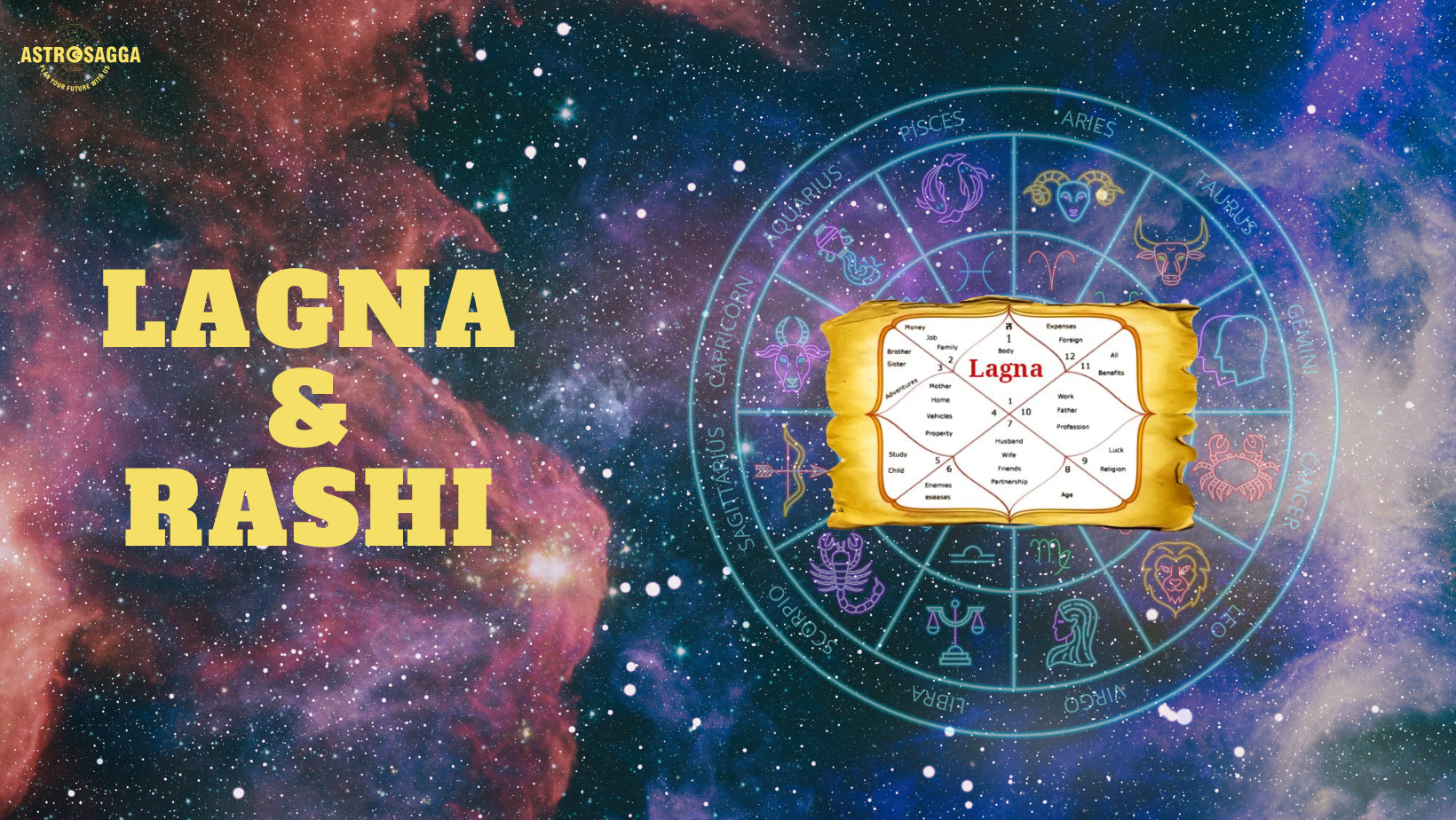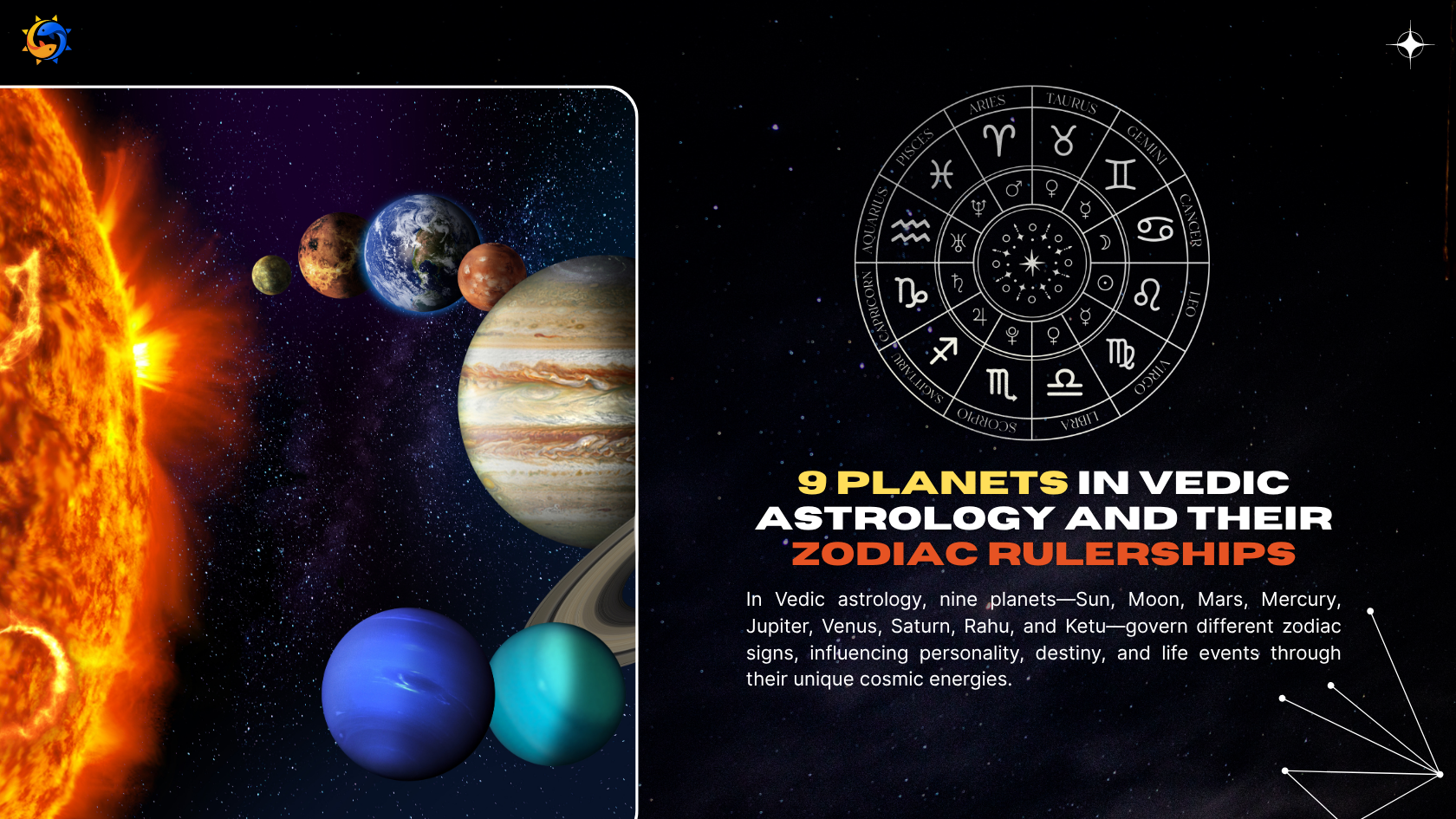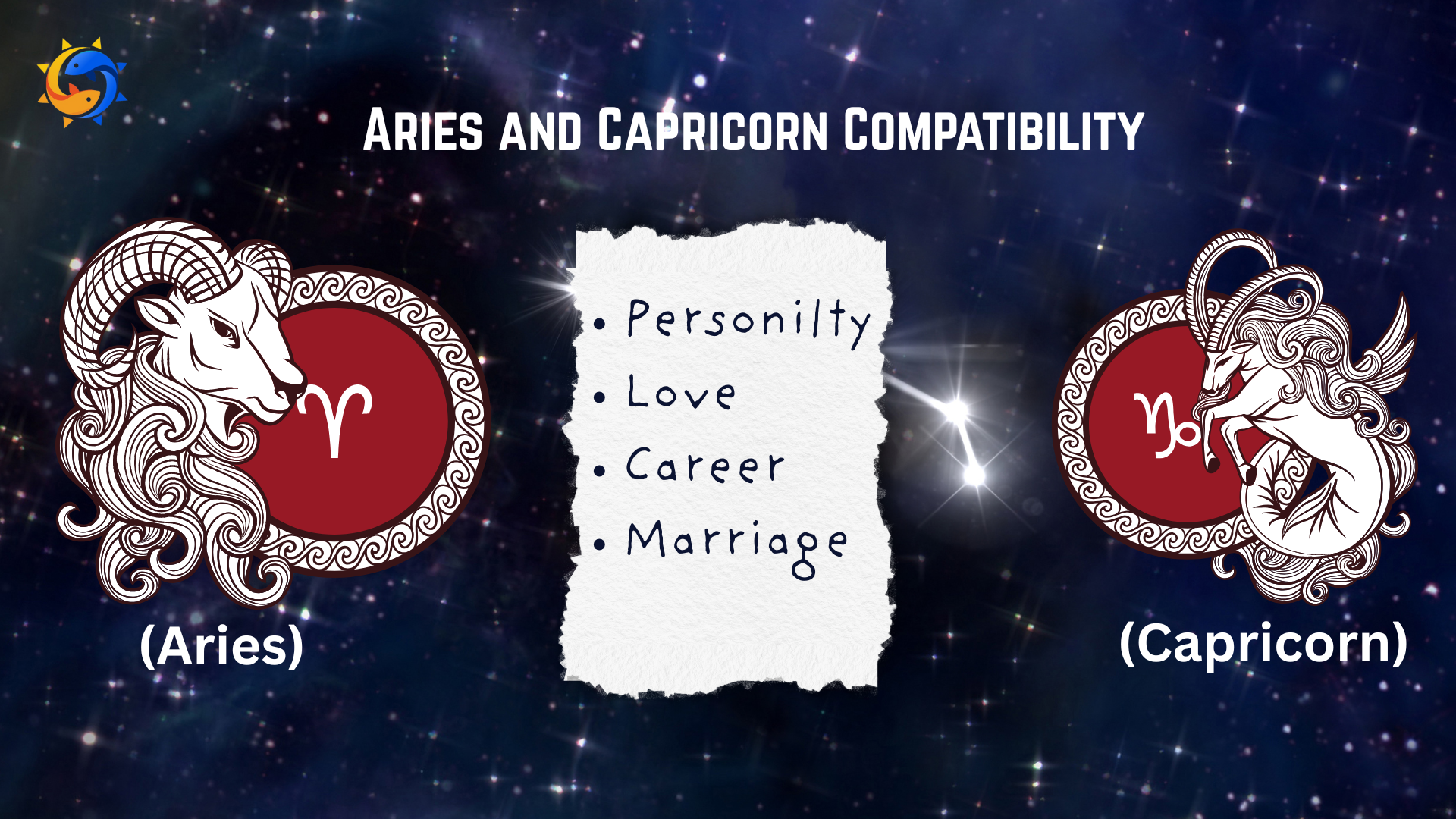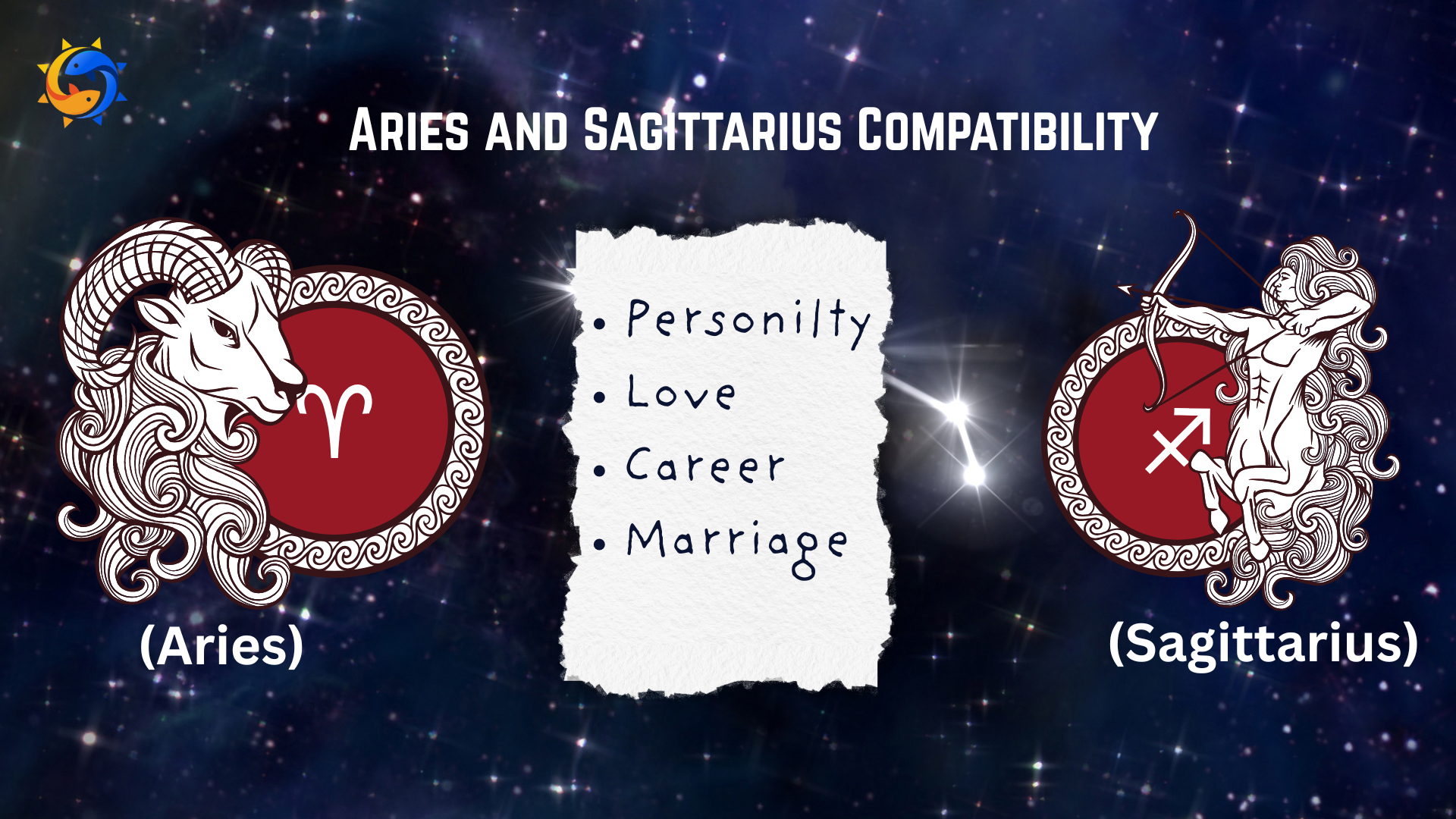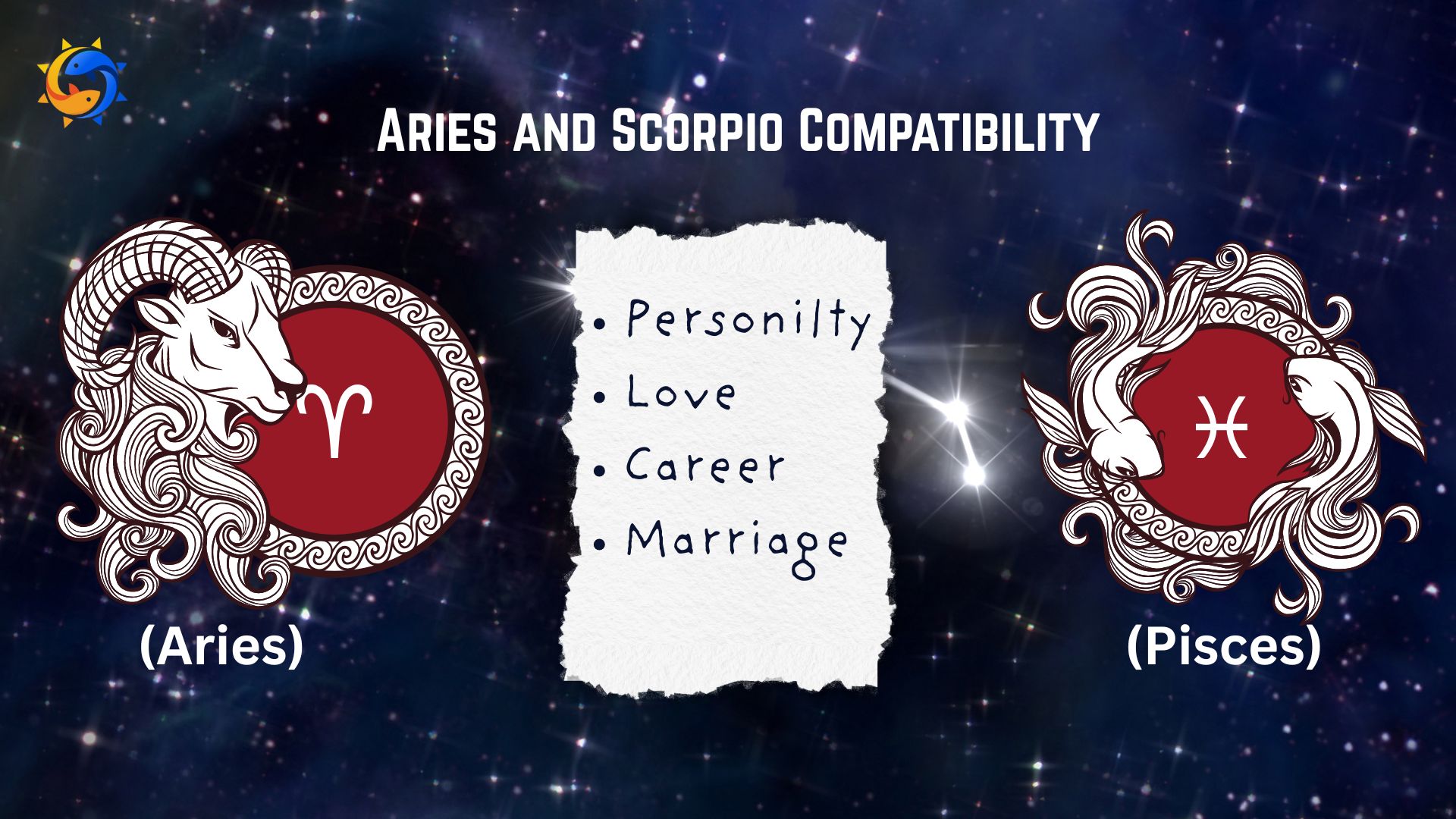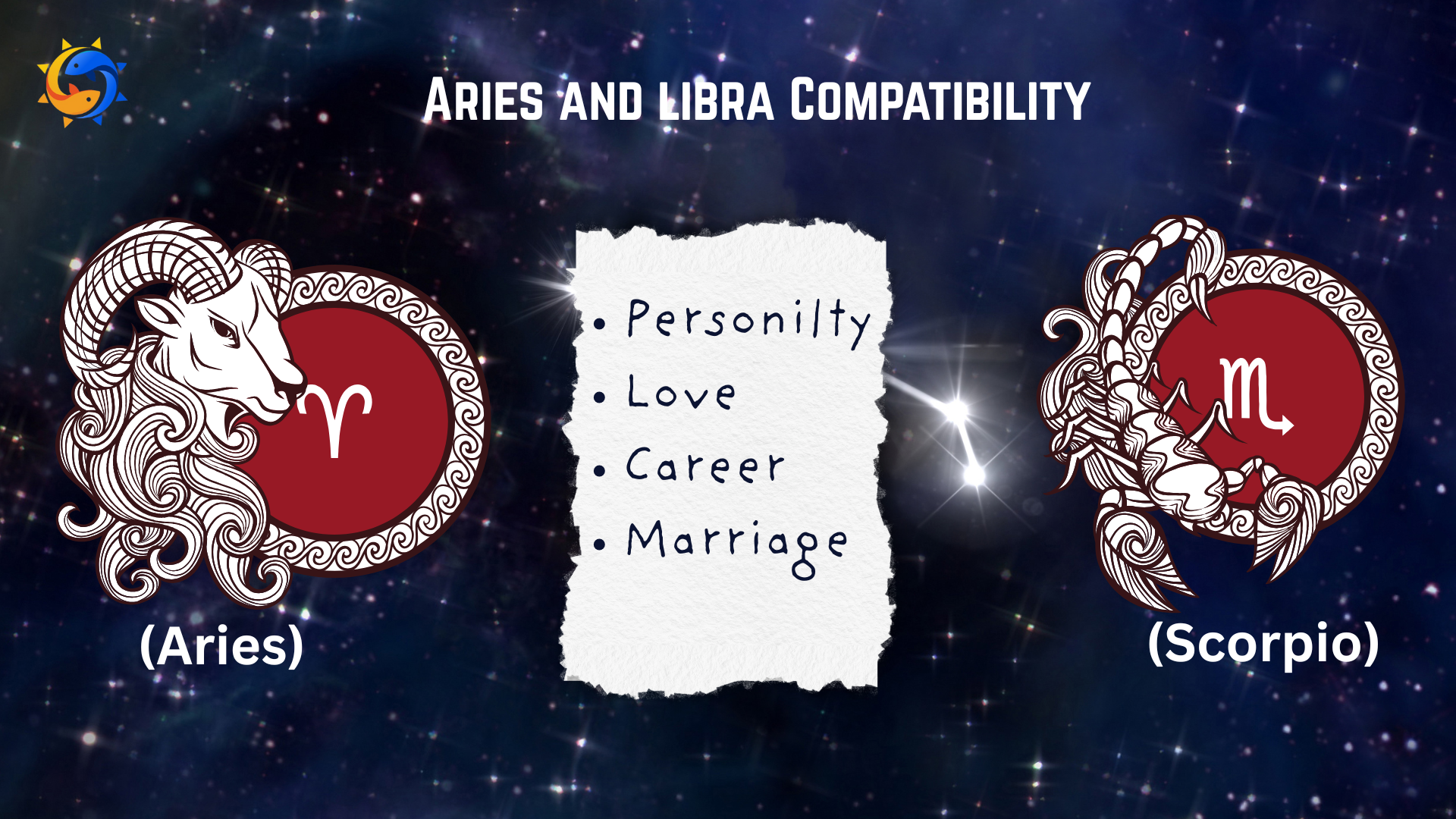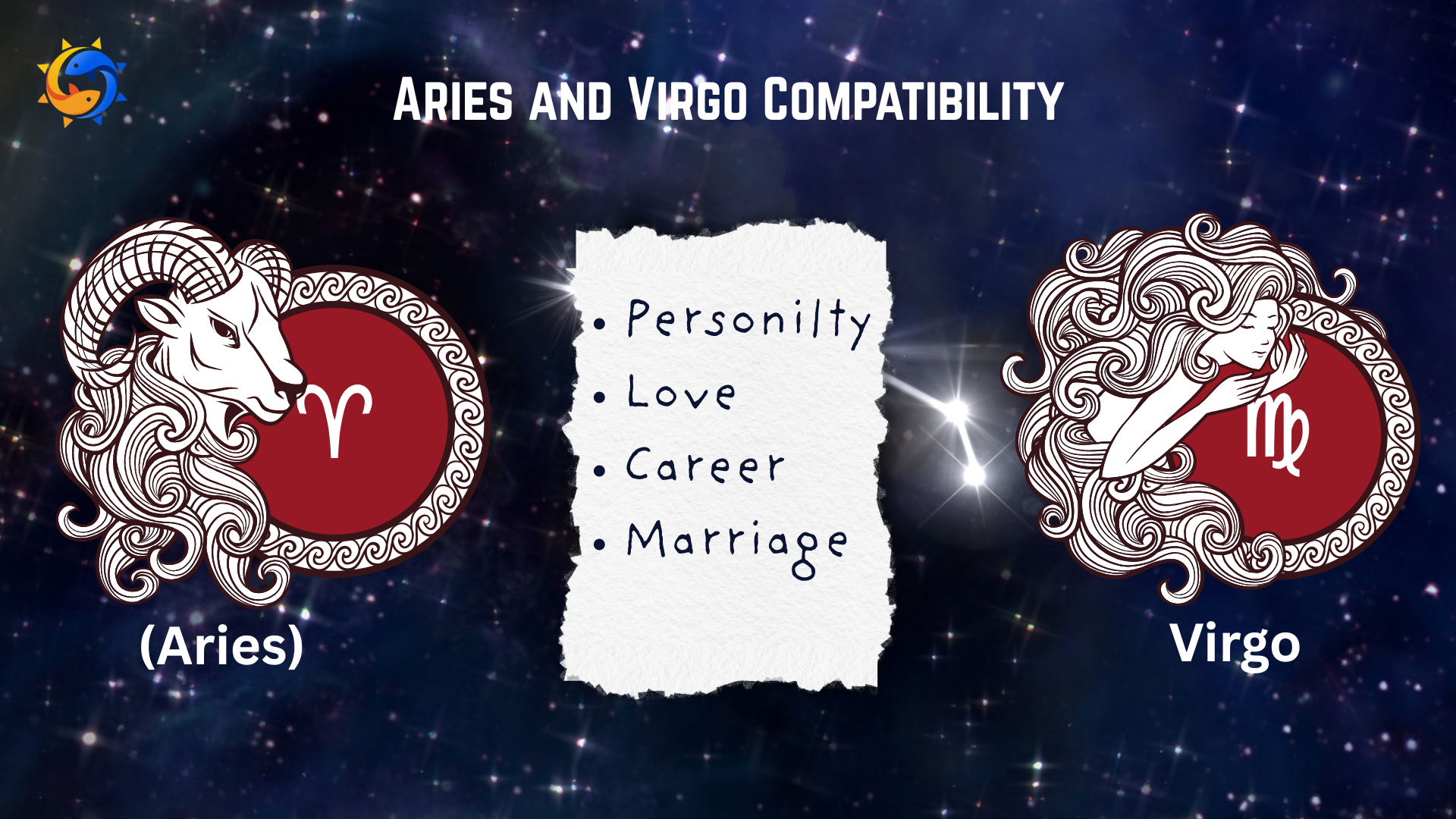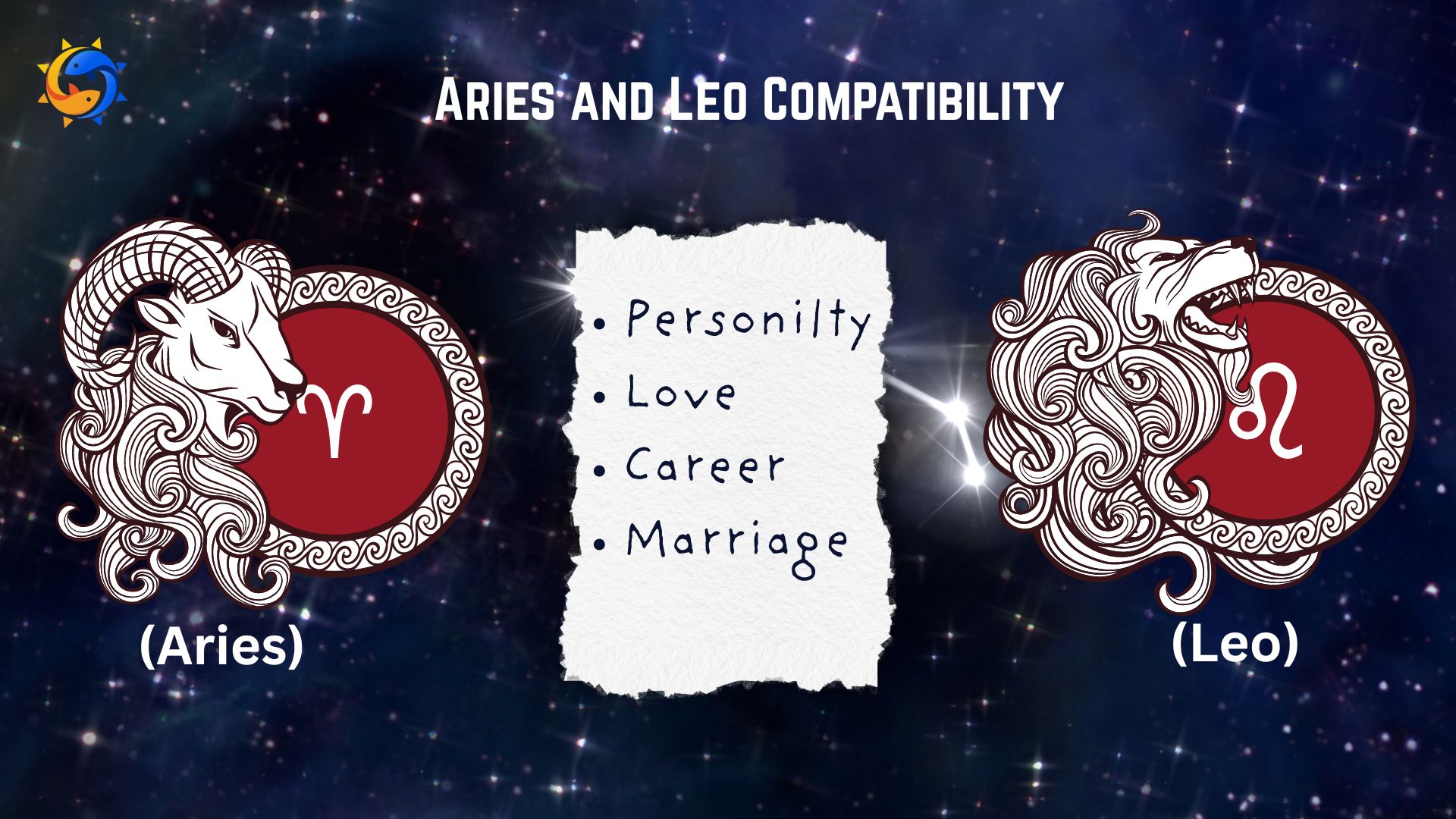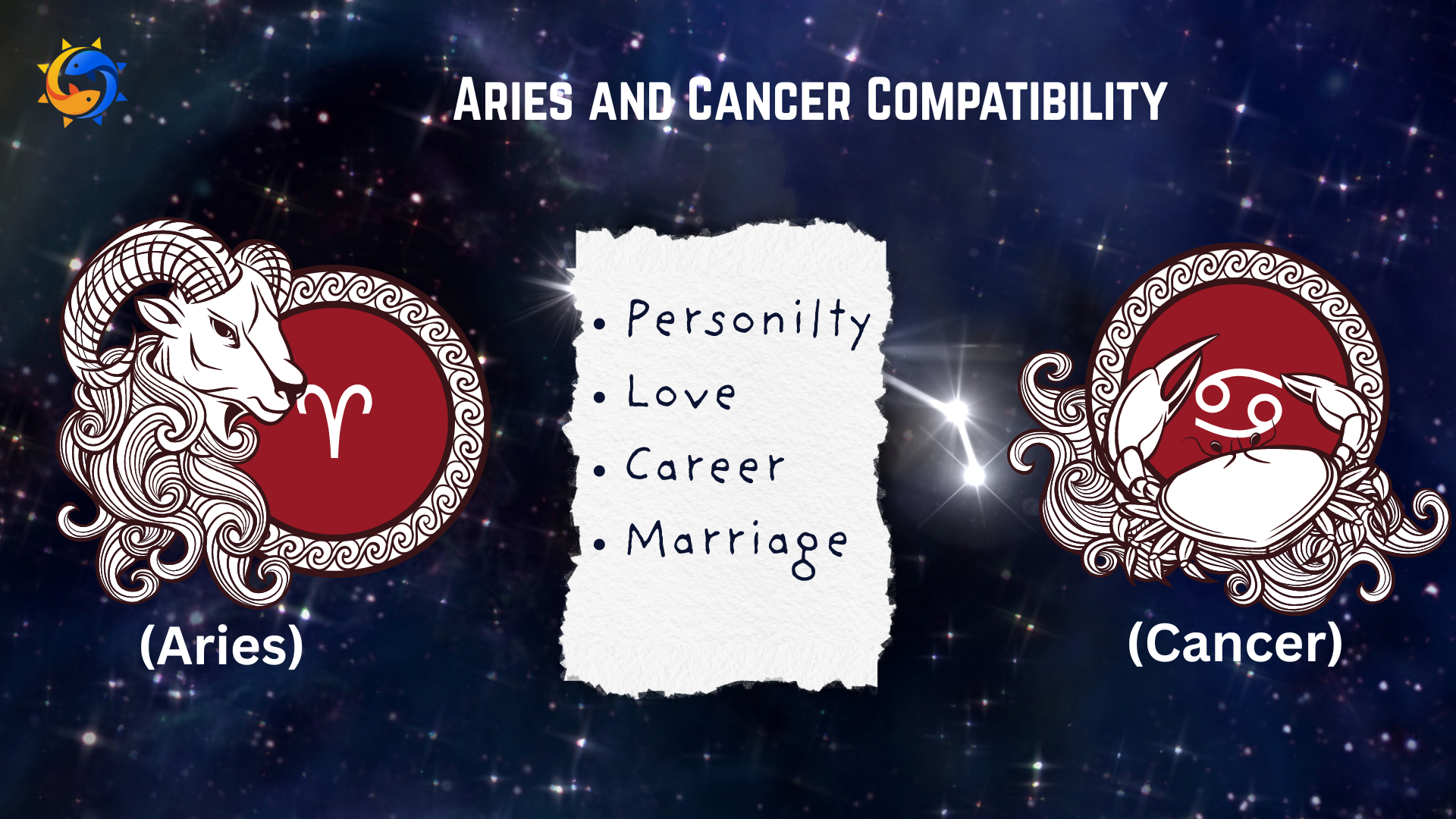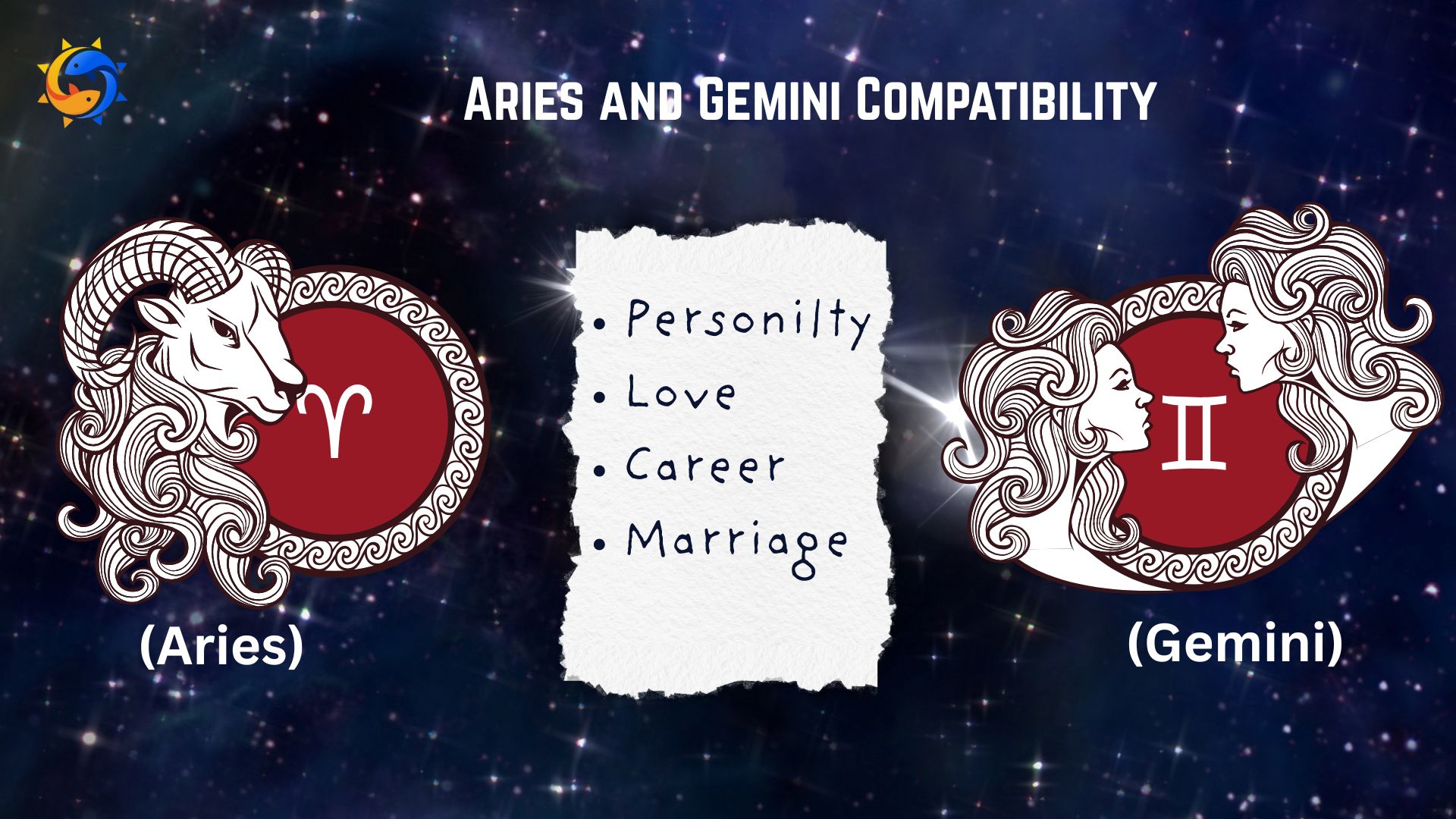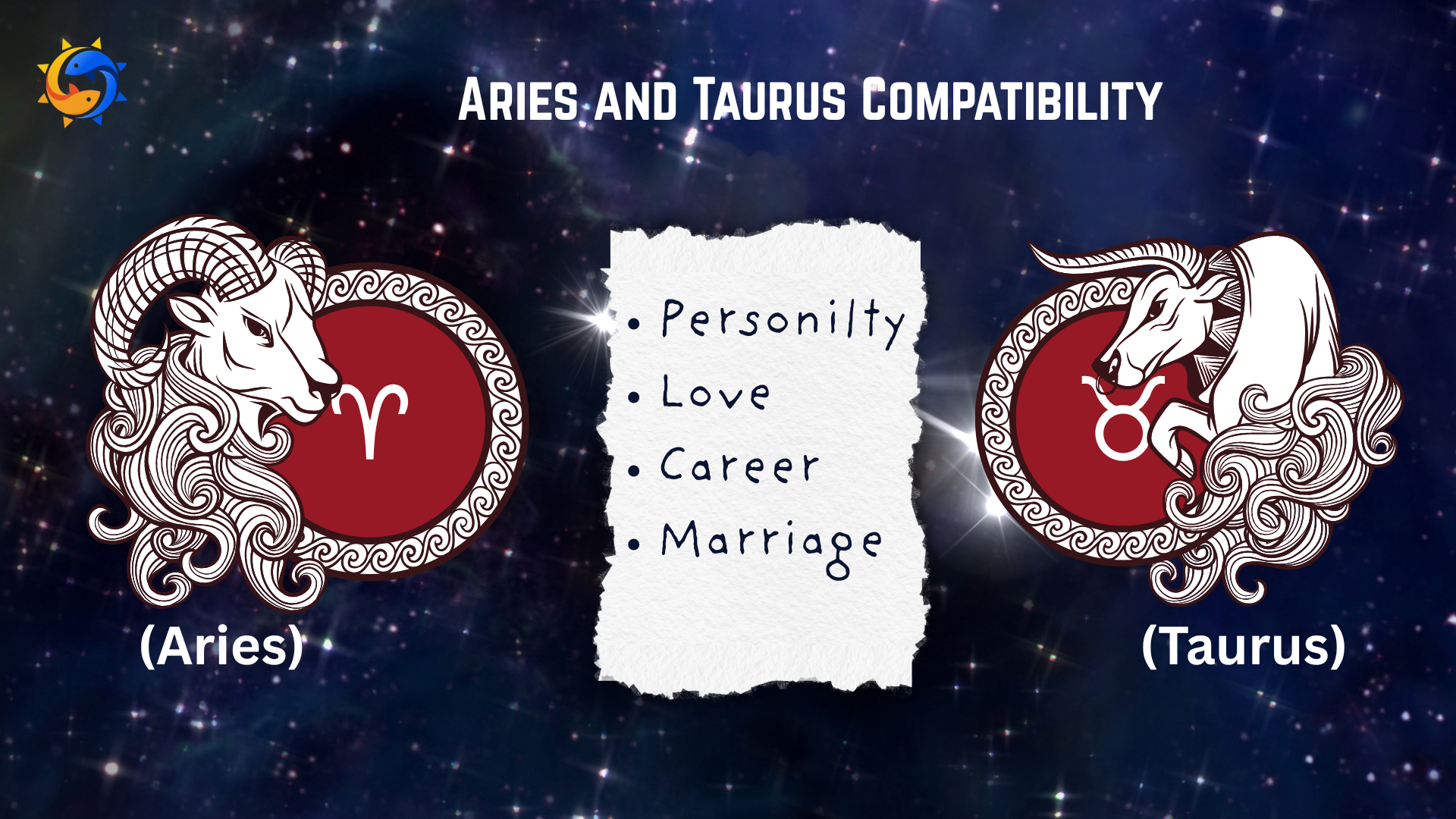Astrology, an ancient and profound science, has captivated human interest for millennia. Among its many fascinating components, two essential aspects often come into focus: Lagna (Ascendant) and Rashi (Moon Sign). Both play pivotal roles in shaping an individual's astrological profile, yet they are distinct concepts with unique implications. This blog delves deep into the differences between Lagna and Rashi, offering a comprehensive understanding of their significance in astrology.
Understanding Lagna: The Ascendant
Definition and Calculation
Lagna, also known as the Ascendant, is the zodiac sign that rises on the eastern horizon at the precise moment of an individual's birth. It is calculated based on the exact time and geographical location of birth. The Ascendant changes approximately every two hours, making it a highly personalized element of the birth chart.
Significance in Astrology
The Lagna represents the self, the physical body, and the overall personality of an individual. It is the lens through which one perceives the world and how others perceive them. The Ascendant influences one's appearance, demeanor, and general outlook on life.
The Role of the Lagna Lord
The planet ruling the Ascendant sign is called the Lagna Lord. This planet holds significant influence over the native's life, impacting their health, vitality, and personal development. The placement and condition of the Lagna Lord in the birth chart can provide insights into the strengths and challenges one may face.
Lagna and House System
In Vedic astrology, the Lagna determines the starting point of the 12 houses in the birth chart. Each house represents different aspects of life, such as wealth, family, career, and relationships. The positioning of planets in these houses relative to the Lagna offers a detailed map of an individual's life journey.
Understanding Rashi: The Moon Sign
Definition and Calculation
Rashi, also known as the Moon Sign, is the zodiac sign in which the Moon is positioned at the time of an individual's birth. The Moon changes its position approximately every 2.5 days, making the Moon Sign a critical component in understanding emotional and psychological patterns.
Significance in Astrology
The Rashi represents the mind, emotions, and subconscious. It governs how one feels, reacts, and processes experiences on an emotional level. The Moon Sign provides insights into an individual's inner world, emotional needs, and instinctive behaviors.
The Role of the Moon
The Moon, being the fastest-moving planet in astrology, has a profound impact on day-to-day fluctuations in mood and feelings. Its placement in the birth chart can reveal much about one's mental state, nurturing tendencies, and emotional resilience.
Rashi and Nakshatras
In Vedic astrology, the Moon's placement is further divided into 27 Nakshatras or lunar mansions. Each Nakshatra adds another layer of depth to the understanding of one's emotional and mental framework. The Nakshatra in which the Moon resides at birth can provide additional nuances to the interpretation of the Rashi.
Key Differences Between Lagna and Rashi
Basis of Calculation
Lagna: Calculated based on the exact time and location of birth, changing approximately every two hours.
Rashi: Determined by the position of the Moon at the time of birth, changing approximately every 2.5 days.
Representation
Lagna: Represents the physical self, appearance, and overall personality.
Rashi: Represents the emotional self, subconscious mind, and inner world.
Influence on Life Aspects
Lagna: Influences the starting point of the 12 houses in the birth chart, affecting various life aspects like health, career, and relationships.
Rashi: Provides insights into emotional patterns, mental state, and instinctive reactions.
Importance in Predictive Astrology
Lagna: Essential for understanding one's external life circumstances and how they interact with the world.
Rashi: Crucial for analyzing internal emotional responses and mental well-being.
The Interplay Between Lagna and Rashi
While Lagna and Rashi are distinct, they interact and complement each other in shaping an individual's astrological profile. The Lagna provides a framework for understanding external life events, while the Rashi offers insights into internal emotional dynamics. Together, they create a holistic picture of one's personality and life journey.
Case Study: Understanding the Dual Influence
Consider a person with Aries Lagna and Cancer Rashi. The Aries Lagna suggests a dynamic, energetic, and assertive personality. This individual may approach life with enthusiasm and a pioneering spirit. On the other hand, the Cancer Rashi indicates a sensitive, nurturing, and emotionally intuitive inner self. This person may experience deep emotional connections and have a strong attachment to family and home.
The interplay between these two signs can create a complex personality. Externally, the individual may appear bold and confident (Aries Lagna), but internally, they may be highly sensitive and protective of their loved ones (Cancer Rashi). Understanding this dual influence can help in navigating life more effectively, balancing external actions with internal emotional needs.
The Practical Application of Lagna and Rashi
Personal Growth and Self-Awareness
Understanding one's Lagna and Rashi can lead to greater self-awareness and personal growth. Recognizing the strengths and challenges associated with the Ascendant can help in harnessing one's potential and addressing weaknesses. Similarly, understanding the emotional patterns associated with the Moon Sign can aid in managing emotions and improving mental well-being.
Relationship Compatibility
Lagna and Rashi also play crucial roles in determining compatibility in relationships. The Lagna can indicate how two individuals interact on a physical and practical level, while the Rashi provides insights into emotional compatibility. A harmonious balance between these aspects can contribute to a fulfilling and balanced relationship.
Career and Life Decisions
In making career and life decisions, considering both the Lagna and Rashi can provide a well-rounded perspective. The Lagna can guide practical choices and external actions, while the Rashi can offer insights into what will bring emotional satisfaction and fulfillment.
Conclusion
Lagna and Rashi are fundamental components of Vedic astrology, each offering unique insights into different aspects of an individual's life. The Lagna, or Ascendant, represents the physical self and overall personality, while the Rashi, or Moon Sign, delves into the emotional and subconscious realm. Understanding the differences and interplay between these two elements can lead to a deeper self-awareness, improved relationships, and more informed life decisions. By integrating the wisdom of both Lagna and Rashi, one can navigate life's journey with greater clarity and purpose.


